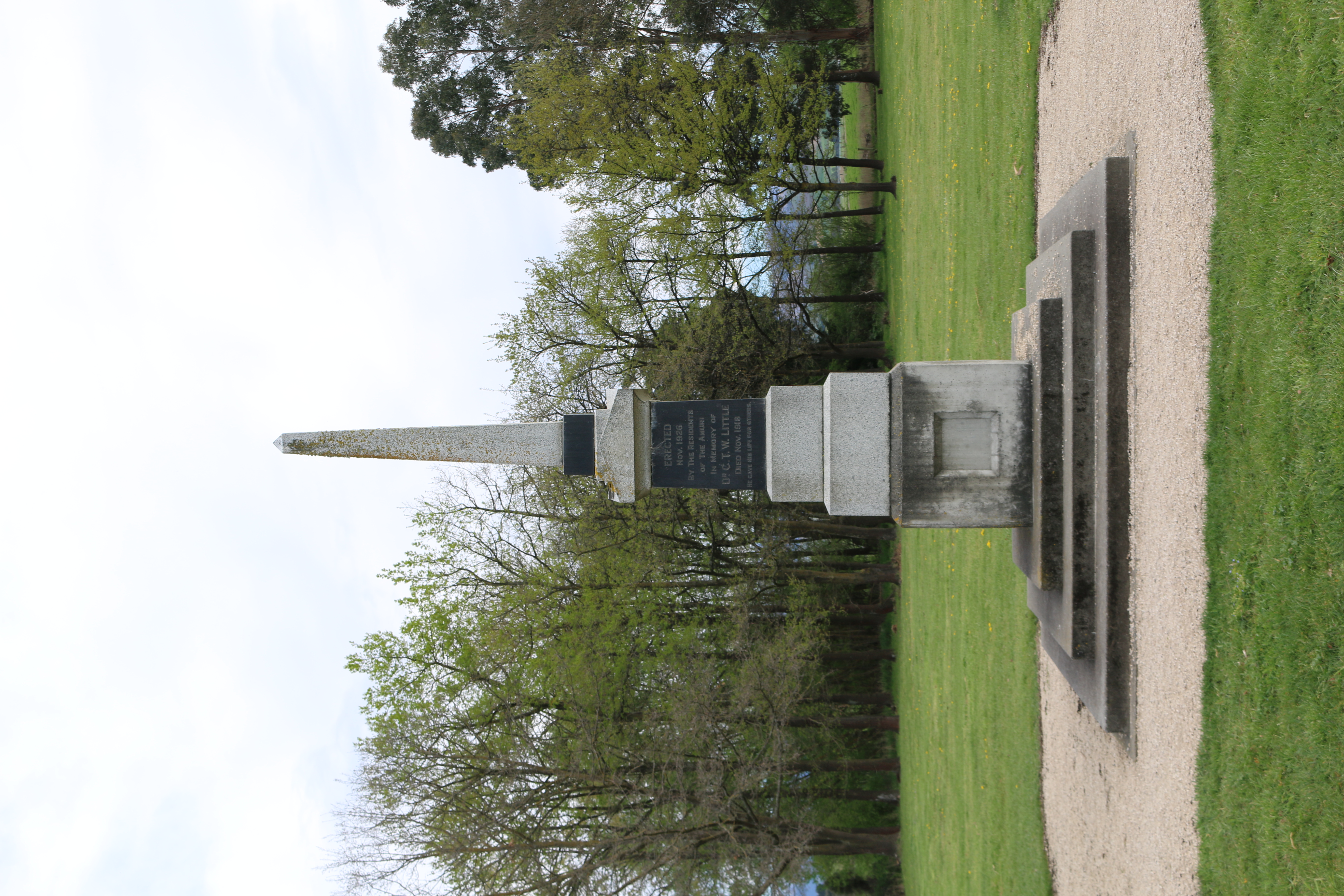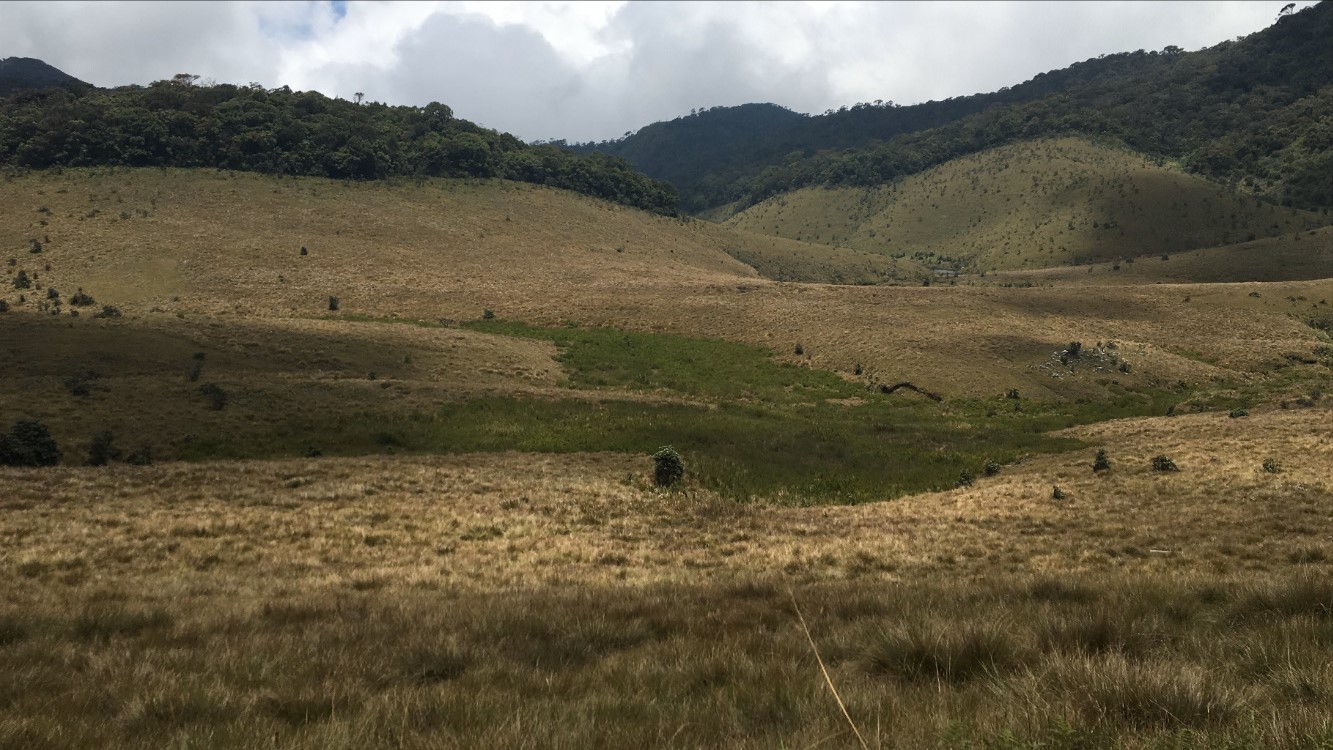|
Amuri Plain
The Amuri Plain (also known as the Amuri Basin) is the northernmost extension of New Zealand's Canterbury Plains. It lies between the Waiau Uwha and Hurunui Rivers and is centred on the town of Culverden. Other population centres on the plain include Rotherham. The plains cover approximately . The southernmost part of the plain, close to the Hurunui River, is heavily planted in exotic trees (the Balmoral Forest); further north the land is pastoral, and is largely used for sheep and dairy farming. Farming was greatly assisted by the construction of a major irrigation scheme which began in 1977. This also led to growth in the population of the service town of Culverden.Wilson, J.,Canterbury places: Amuri district," ''Te Ara Encyclopedia of New Zealand ''Te Ara: The Encyclopedia of New Zealand'' is an online encyclopedia established in 2001 by the New Zealand Government's Ministry for Culture and Heritage. The web-based content was developed in stages over the next several years ... [...More Info...] [...Related Items...] OR: [Wikipedia] [Google] [Baidu] |
Canterbury Plains
The Canterbury Plains () are an area in New Zealand centred in the Mid Canterbury, to the south of the city of Christchurch in the Canterbury region. Their northern extremes are at the foot of the Hundalee Hills in the Hurunui District, and in the south they merge into the plains of North Otago beyond the Waitaki River. The smaller Amuri Plain forms a northern extension of the plains. Geology The Canterbury Plains were formed from Quaternary moraine gravels transported from the Southern Alps and deposited here during glacial periods in the late Pleistocene approximately 3 million to 10,000 years ago. The alluvial gravels were then reworked as shingle fans of several of the larger rivers, notably the Waimakariri, the Rakaia, the Selwyn / Waikirikiri, and the Rangitata. Part of the Canterbury-Otago tussock grasslands, the land is suitable for moderately intensive livestock farming but is prone to droughts, especially when the prevailing wind is from the northwest. At these ... [...More Info...] [...Related Items...] OR: [Wikipedia] [Google] [Baidu] |
Waiau Uwha River
Waiau Uwha River, previously known as the Waiau River, is a river in north Canterbury in the South Island The South Island, also officially named , is the larger of the two major islands of New Zealand in surface area, the other being the smaller but more populous North Island. It is bordered to the north by Cook Strait, to the west by the Tasma ... of New Zealand. The Waiau Uwha River rises in the Spenser Mountains and flows eastward to the Pacific Ocean. The Waiau Uwha River has the second largest catchment——of North Canterbury's rivers. In 2018, the name of the river was officially changed from Waiau River to Waiau Uwha River, to reflect its original Māori name, and to distinguish it from the longer Waiau River in the southern South Island. References External links * Hurunui District Rivers of Canterbury, New Zealand Rivers of New Zealand {{CanterburyNZ-river-stub ... [...More Info...] [...Related Items...] OR: [Wikipedia] [Google] [Baidu] |
Hurunui River
The Hurunui River is the fourth largest of the four principal rivers in north Canterbury, New Zealand, with a catchment area of . The river flows from the eastern side of the Southern Alps, to the Pacific Ocean. Geography The head of the Hurunui River is at Harper Pass; on the other side of the pass is the Taramakau River. Some of the tributaries include the Jollie Brook, the Hurunui River South Branch, the Glenrae River and the Mandamus River. The Hurunui River flows through Lake Sumner. A hot pool has been constructed at the base of a small waterfall on a side stream of the river. Recreation The river has rapids rated class II and III on the international scale of river difficulty and is popular for kayaking. The best whitewater is considered to be below the confluence of the north and south branches of the river in Maori Gully and in the Harwarden Gorge. Chinook salmon (''Oncorhynchus tshawytscha'') were introduced from California in the 1900s for game fishing. Water c ... [...More Info...] [...Related Items...] OR: [Wikipedia] [Google] [Baidu] |
Culverden
Culverden is a small town in the northern Canterbury region of New Zealand's South Island. It lies at the centre of the Amuri Plain. Culverden has traditionally been surrounded by sheep farms. Dairy farms have now become more common as a result of irrigation schemes in the area. The Waiau Plains Irrigation Scheme was completed in 1980. It provides irrigation to 17,000 hectares of farmland and the Balmoral Scheme provides irrigation to a further 5500 hectares. The Rutherford Reserve and the Culverden Recreation Reserve are on the southern side of Culverden and the Culverden Golf Course in on the northern entrance to Culverden. There is a memorial in the Rutherford Reserve to Dr Charles Little who died in November 1918 from the Spanish Flu. He was the county doctor providing medical services from Waikari to Waiau. Local government When provincial government was abolished in 1876, Culverden became the main centre for the newly established Amuri County. Counties were abolished in ... [...More Info...] [...Related Items...] OR: [Wikipedia] [Google] [Baidu] |
Rotherham, New Zealand
Rotherham is a small village in the Hurunui District of the Canterbury region in New Zealand's South Island. It is between Culverden and Waiau on the Inland Kaikoura Road, on the northernmost part of the Amuri Plain. It lies near the south bank of the Waiau Uwha River, a popular location for trout and salmon fishing. On 8 February 1886, a railway was opened to Culverden, but construction then stalled as debate raged about the final route and destination of the line. Some proposals included a line through Rotherham, and in 1914, work finally began on extending the line to Waiau via Rotherham. This extension was opened on 15 December 1919 and the line became known as the Waiau Branch. Rotherham station had a relatively large station building by the standard of rural New Zealand stations, possibly due to plans that suggested terminating the line in Rotherham rather than in Waiau. The station also had stockyards and a goods shed; the stockyards were removed in 1970, and the good ... [...More Info...] [...Related Items...] OR: [Wikipedia] [Google] [Baidu] |
Te Ara Encyclopedia Of New Zealand
''Te Ara: The Encyclopedia of New Zealand'' is an online encyclopedia established in 2001 by the New Zealand Government's Ministry for Culture and Heritage. The web-based content was developed in stages over the next several years; the first sections were published in 2005, and the last in 2014 marking its completion. ''Te Ara'' means "the pathway" in the Māori language, and contains over three million words in articles from over 450 authors. Over 30,000 images and video clips are included from thousands of contributors. History New Zealand's first recognisable encyclopedia was ''The Cyclopedia of New Zealand'', a commercial venture compiled and published between 1897 and 1908 in which businesses or people usually paid to be covered. In 1966 the New Zealand Government published '' An Encyclopaedia of New Zealand'', its first official encyclopedia, in three volumes. Although now superseded by ''Te Ara'', its historical importance led to its inclusion as a separate digital res ... [...More Info...] [...Related Items...] OR: [Wikipedia] [Google] [Baidu] |
Plains Of New Zealand
In geography, a plain is a flat expanse of land that generally does not change much in elevation, and is primarily treeless. Plains occur as lowlands along valleys or at the base of mountains, as coastal plains, and as plateaus or uplands. In a valley, a plain is enclosed on two sides, but in other cases a plain may be delineated by a complete or partial ring of hills, by mountains, or by cliffs. Where a geological region contains more than one plain, they may be connected by a pass (sometimes termed a gap). Coastal plains mostly rise from sea level until they run into elevated features such as mountains or plateaus. Plains are one of the major landforms on earth, where they are present on all continents, and cover more than one-third of the world's land area. Plains can be formed from flowing lava; from deposition of sediment by water, ice, or wind; or formed by erosion by the agents from hills and mountains. Biomes on plains include grassland ( temperate or subt ... [...More Info...] [...Related Items...] OR: [Wikipedia] [Google] [Baidu] |
.jpg)




